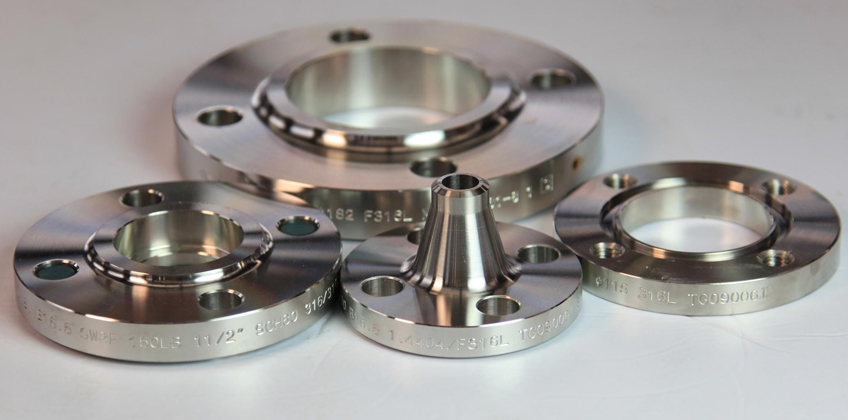Stainless steel flanges are widely used in a variety of industries, including oil and gas, chemical processing, food and beverage, and more. One popular type of stainless steel flange is the 304 stainless steel flange. In this article, we will discuss what 304 stainless steel flanges are, their properties, applications, and relevant data.
What are 304 Stainless Steel Flanges?
304 stainless steel flanges are made from an austenitic stainless steel alloy that contains 18% chromium and 8% nickel. The “L” in 304L stands for “low carbon,” which means that the material has a lower carbon content than standard 304 stainless steel. The “H” in 304H stands for “high carbon,” which means that the material has a higher carbon content than standard 304 stainless steel. The carbon content affects the material’s strength and hardness.
304 stainless steel flanges are available in various types, including weld neck flanges, slip-on flanges, threaded flanges, socket weld flanges, and blind flanges. Each type of flange has its own unique design and application.
Properties of 304 Stainless Steel Flanges
304 stainless steel flanges offer several properties that make them ideal for use in various applications. These properties include:
Corrosion Resistance: 304 stainless steel flanges are highly resistant to corrosion, especially in acidic and chloride-containing environments.
High Temperature Resistance: These flanges can withstand high temperatures, making them suitable for use in high-temperature applications.
Strength and Hardness: 304H stainless steel flanges have higher strength and hardness than standard 304 and 304L stainless steel flanges, making them ideal for use in high-pressure applications.
Weldability: 304 stainless steel flanges are easily welded and machined.
Applications of 304 Stainless Steel Flanges
304 stainless steel flanges are used in various applications, including:
Oil and Gas Industry: These flanges are used in pipelines, refineries, and offshore drilling platforms.
Chemical Processing Industry: They are used in chemical processing plants and pharmaceutical manufacturing.
Food and Beverage Industry: 304 stainless steel flanges are used in food processing and storage facilities due to their corrosion resistance and hygienic properties.
High-Temperature Applications: These flanges are suitable for use in high-temperature applications such as boilers, heat exchangers, and furnaces.
Pressure Vessels: 304H stainless steel flanges are ideal for use in pressure vessels due to their high strength and hardness.
Availability of 304 Stainless Steel Flanges
304 stainless steel flanges are available in various sizes, ranging from 1/2″ to 60″. The pressure rating for these flanges ranges from 150 lbs to 2500 lbs. The temperature range for 304 stainless steel flanges is -320°F to 1500°F.
In conclusion, 304 stainless steel flanges offer excellent corrosion resistance, high temperature resistance, strength, and weldability, making them suitable for use in a variety of applications. When selecting a flange for a specific application, it’s essential to consider the type of flange, the material, and the properties required to ensure optimal performance and safety.

